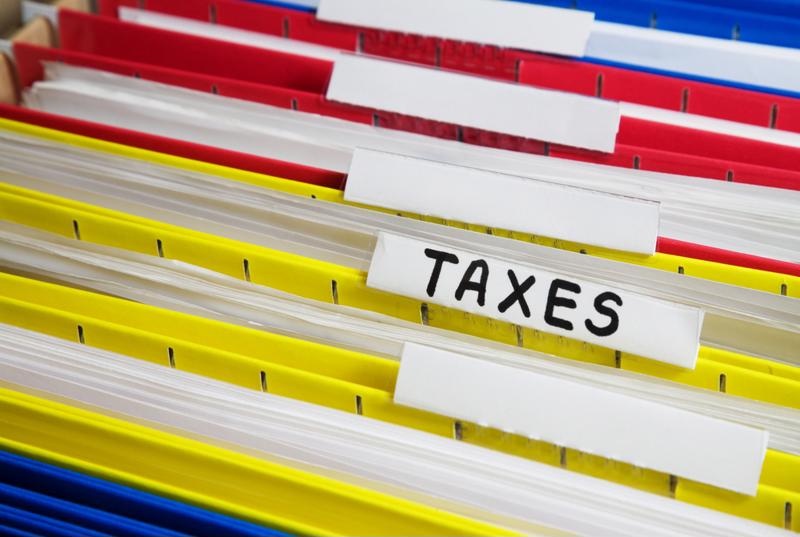Income tax season can be stressful for many people. Filers have to assemble all the relevant documents and forms to send to their accountants, and that is before even knowing how much they might owe in taxes and in accountant fees. The experience can be draining, both emotionally and financially.
On top of the normal procedures of filing annual income taxes, there is the added issue of being scammed by a third party along the way. According to the U.S. Internal Revenue Service, there was a 400 percent year-over-year surge in incidents of malware and phishing in 2016. What do these schemes actually look like, though? Let’s review a few common examples:
1. Phishing
A phishing scam is an attempt to illicitly gain information or money by posing as an institution someone trusts. Phishers typically use email and fraudulent websites to achieve their goals. They may go to great lengths to imitate the look and feel of a professional tax preparation service provider, or the IRS itself.
In other words, if you get an unsolicited email purporting to be from the IRS, be very skeptical of it. It might ask you to click through to a compromised website or hand over personal details. This scheme is also a threat to tax preparers, who may be asked to supply client lists.
“If you get an unsolicited email, be skeptical of it.”
2. Identity theft
What if someone else submitted your taxes without your knowledge? That’s what happens with identity theft. All a thief has to do is acquire your Social Security number and other personally identifiable information, with which they could file your returns and collect your refund (if applicable).
Protecting yourself from this risk requires being careful in how you handle information online and offline. For example, do not post pictures of your Social Security card on Facebook or recite it over the phone to someone you do not know well or trust.
 Tax season is complex enough without having to worry about scams.
Tax season is complex enough without having to worry about scams.3. Malware
Many scams, including the two above, are easier to pull off if the victim’s device has been infected by malware. If it is, then cyber criminals may be able to harvest personal data – e.g., email addresses, contact lists, etc. – and track keystrokes, which would allow them to steal login credentials to accounts for social media and online banking.
Watch out for any attachments or links in unsolicited emails, as they made lead to malware infection. Use antivirus software, strong passwords and two-factor authentication to protect your accounts from unwanted access, both during tax season and beyond.





